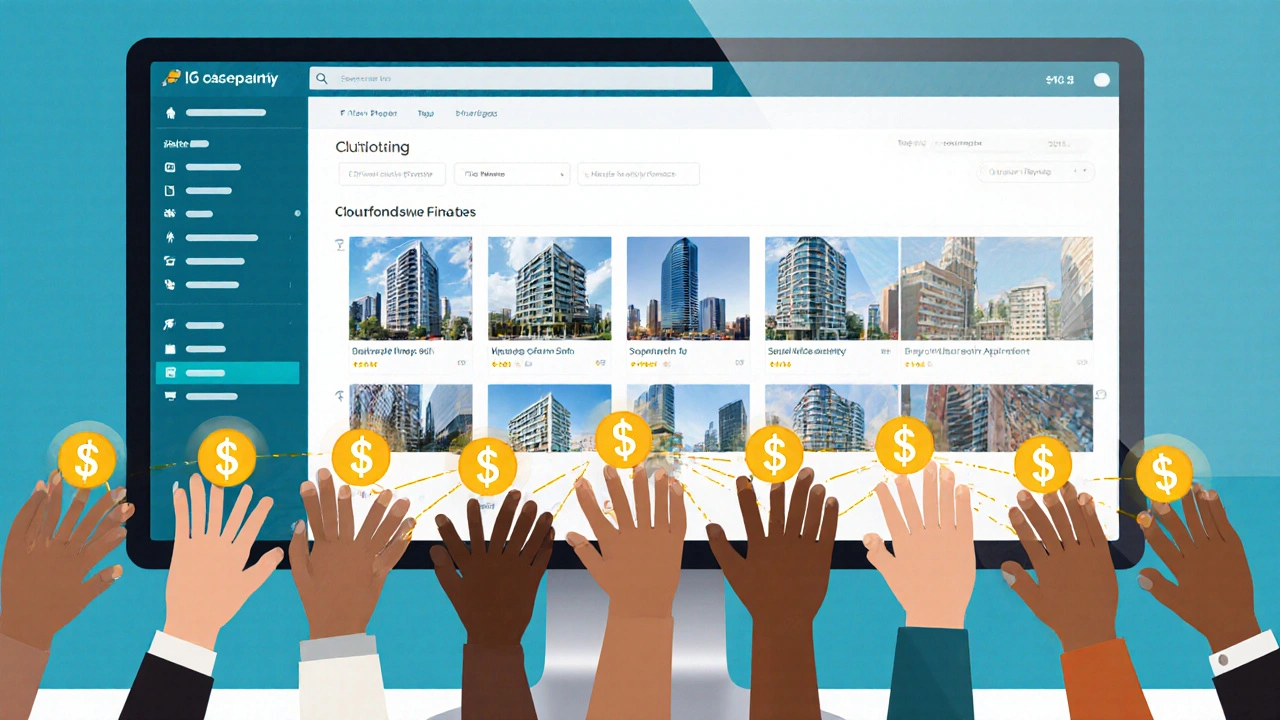Debt Crowdfunding: Real Estate Financing Explained
When working with debt crowdfunding, a financing model where multiple lenders provide loans to a single borrower through an online platform. Also known as debt‑based crowdfunding, it lets developers tap a pool of small investors instead of a traditional bank. The same space hosts real estate crowdfunding, platform‑driven equity or debt investments focused on property projects, and peer‑to‑peer lending, direct loan arrangements between individuals without an intermediary bank. All of these operate under the watchful eye of SEBI regulations, the securities authority that sets rules for online fundraising in India, ensuring transparency and investor protection.
Debt crowdfunding encompasses the core idea of pooling small amounts of capital to fund a single loan. It requires a digital platform that can verify borrower credit, manage repayments, and report to regulators. The model influences real estate development by lowering entry barriers for mid‑size projects that might otherwise struggle for bank financing. For investors, the appeal lies in higher yields compared with fixed deposits, while developers gain faster access to cash without long‑drawn loan approvals.
Key Benefits, Risks, and How to Get Started
One of the biggest advantages is speed: a well‑structured campaign can raise funds in weeks rather than months. Platforms often provide built‑in credit scoring, so lenders can see clear risk metrics before committing. On the flip side, the risk of default remains higher than traditional bank loans, especially if the project faces construction delays. That’s why SEBI mandates that platforms disclose default rates and maintain a reserve fund.
Practical steps for a developer start with choosing a reputable platform that complies with SEBI’s . Next, prepare a detailed project brief—location, timeline, cost breakdown, and expected returns. Investors will look for concrete numbers, such as a projected interest rate of 12‑15% and a clear exit strategy after the property sale or lease‑back.
For an investor, the process begins with creating an account, completing KYC, and reviewing the loan’s risk grade. Most platforms let you fund as little as INR 10,000, diversifying across multiple projects to spread risk. Keep an eye on the platform’s track record, the developer’s past performance, and any collateral offered.
Beyond the core players, related concepts enrich the debt crowdfunding ecosystem. alternative finance, a broader category that includes crowdfunding, microlending, and fintech‑driven credit lines expands options for both borrowers and lenders. Real Estate Investment Trusts (REITs), publicly listed entities that own income‑generating property portfolios offer a more liquid way to invest in real estate, often complementing debt crowdfunding strategies. Finally, investment funds, pooled capital vehicles that can allocate a portion of assets to crowdfunded loans give institutional players a foothold in this emerging market.
By understanding how debt crowdfunding fits with these adjacent entities, you can make smarter choices—whether you’re a developer seeking flexible funding or an investor hunting higher returns. The articles below unpack each piece of the puzzle, from platform selection tips to risk‑management tactics, giving you a clear path forward in India’s fast‑growing alternative finance landscape.
Real Estate Crowdfunding: How to Invest, Risks & Top Platforms
Discover how real estate crowdfunding works, its benefits, risks, top platforms, and a step‑by‑step guide to start investing today.
Keanu Rutherford | Oct, 12 2025 Read More
